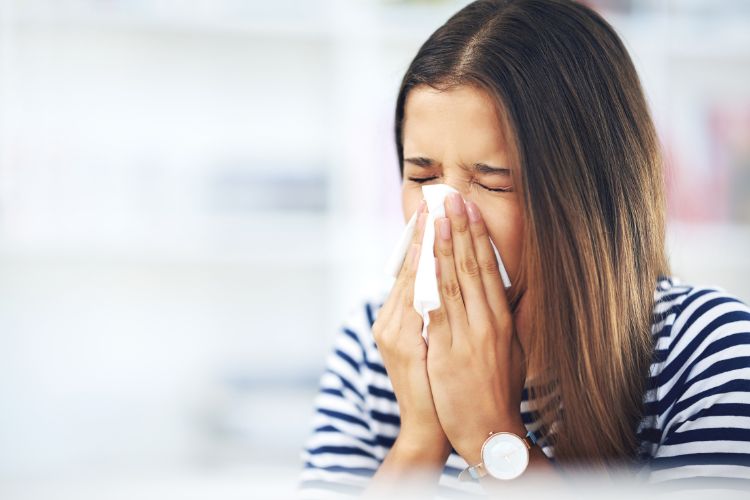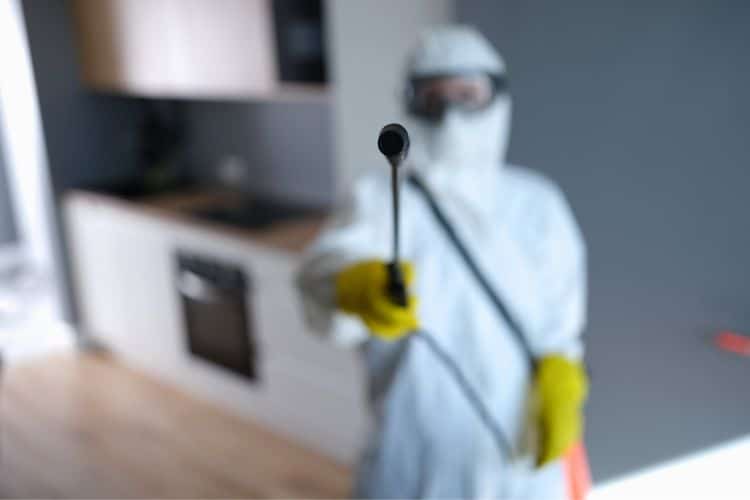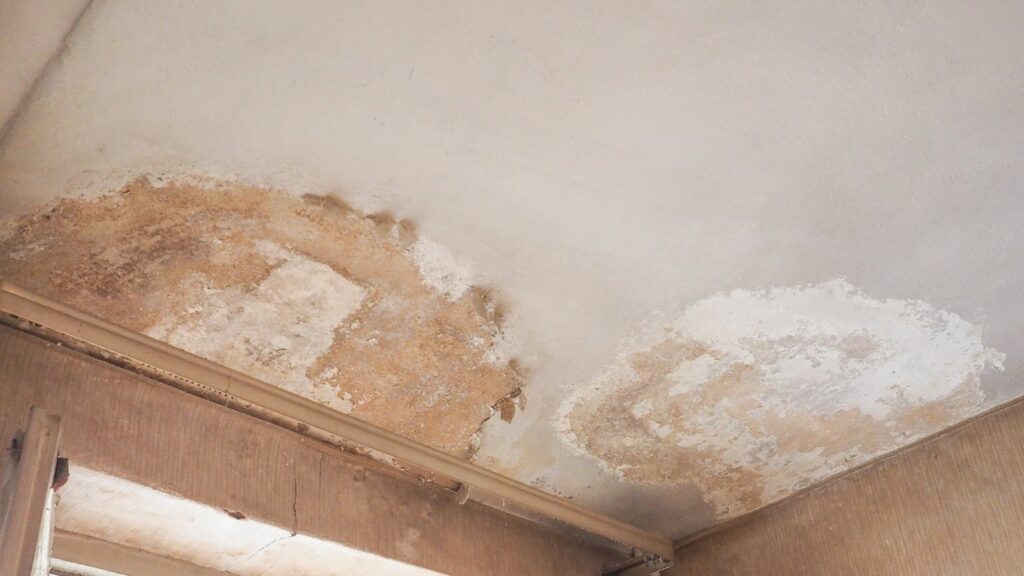The presence and growth of mold in residential buildings is a common concern among homeowners due to its potential health risks and damage to property. Misconceptions and lack of knowledge about mold and how to combat it can aggravate this issue. This article aims to shed light on the scientific aspects of mold growth, discuss practical measures for prevention and control, and emphasizeposesthe importance of professional remediation for severe mold infestations. Let’s delve into the world of mycology to arm you with the information you need to protect your home and loved ones from the threats that mold poses.
The Science of Mold
Mold is a type of fungi that grows in damp environments, and it can be a major concern for homeowners. Understanding the science behind mold growth is essential for effective mold removal and preventing its return. Mold spores are microscopic and can float in the air, making them difficult to detect. They thrive in warm, humid conditions, and can grow in as little as 24-48 hours. Mold can often go unnoticed until it has spread extensively, causing damage to buildings and posing health concerns for occupants. With the help of mold inspection services and a thorough understanding of mold growth, homeowners can take steps to prevent mold from taking hold and protect their homes and families.

Types of Molds Commonly Found in Homes
As homeowners, we often take pride in maintaining a clean and hygienic living space. However, we may unknowingly be sharing our living quarters with microscopic organisms known as molds. These fungi can grow and thrive in our homes, posing a threat to our health and well-being. The types of molds commonly found in homes include Aspergillus, Cladosporium, Penicillium, and Stachybotrys. While some molds can easily be dealt with using cleaning products and proper ventilation, others may require professional intervention to be fully eradicated. Understanding the science behind mold growth can help us identify and prevent these unwanted houseguests from making themselves at home.

Health Risks Associated with Mold
A mold is an ample group of fungi that grows indoors and outdoors. Although some types of mold are harmless, some of them can be detrimental to human health and the environment. The health risks associated with mold are not to be taken lightly, as they can range from mild respiratory irritation to severe lung infections. People with pre-existing conditions such as asthma or allergies, as well as young children and the elderly, are particularly susceptible to the adverse effects of mold. Inhalation of mold spores can also cause headaches, fatigue, and other flu-like symptoms. Moreover, mold can damage the structure of a building and cause costly repairs. Understanding the science behind mold growth is essential for preventing and mitigating the health risks associated with it.

How to Prevent and Control Mold Growth
Mold growth in your home can be a serious issue, impacting the health of you and your loved ones, as well as the structural integrity of your property. Controlling and preventing mold growth requires a thorough understanding of the science of fungi. Taking proactive steps, such as ensuring proper ventilation, controlling humidity levels, and addressing leaks and water damage promptly, can go a long way in preventing mold growth. Additionally, using specialized cleaning products and seeking professional remediation services can help control any existing mold growth and ensure the safety of your home. By gaining a deeper understanding of the science behind mold growth, you can take the necessary steps to prevent and control it, keeping your home and loved ones safe.
| What is Mold? | Mold is a type of fungus that thrives in damp and humid conditions. It reproduces by releasing tiny, lightweight spores that can travel through the air. |
| Conditions for Growth | Molds require moisture, a food source such as cellulose (found abundantly in wood and drywall), and the right temperature (between 20 and 30 degrees Celsius) to grow. |
| Health Risks | Exposure to mold can lead to respiratory problems, such as asthma and allergies, as well as other health issues like skin irritation and eye discomfort. |
| Structural Damage | Mold can cause significant damage to buildings. It feeds on organic material in homes, such as wood and drywall, causing it to deteriorate and weaken over time. |
| Prevention and Control | Controlling humidity levels, ensuring adequate ventilation, fixing leaks promptly, and using mold-resistant building materials can help prevent mold growth. Regular inspection and cleaning can also control existing growth. |
| Professional Remediation | In severe cases, professional mold remediation services are necessary. They have the right knowledge, equipment, and treatments to effectively remove mold and prevent future growth. |
Conclusion
In conclusion, mold growth poses significant risks to both human health and building structures. These risks underline the importance of understanding the science behind mold growth and the conditions that favor their proliferation. By controlling moisture levels, ensuring adequate ventilation, and promptly addressing water damage, you can effectively prevent and control mold growth. Additionally, don’t hesitate to seek professional assistance in case of severe mold infestation, as experts possess the right knowledge and tools to handle the situation safely and efficiently. Remember, a proactive, informed approach is key to safeguarding your home and your loved ones from the harmful effects of mold.




